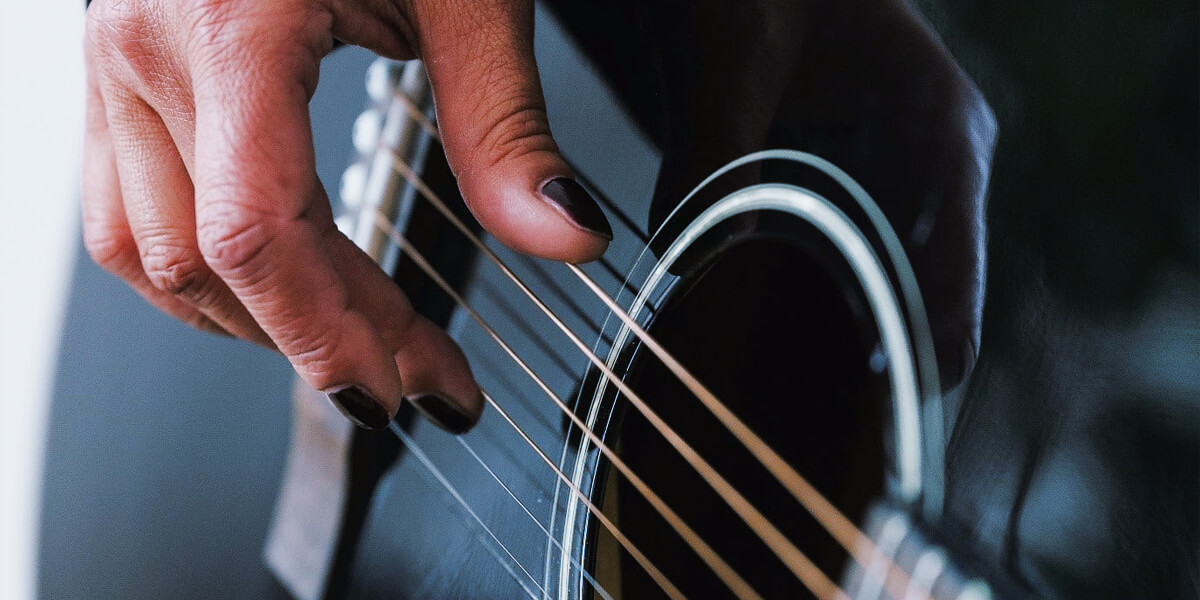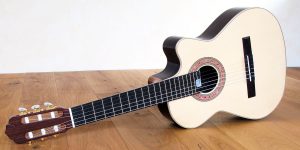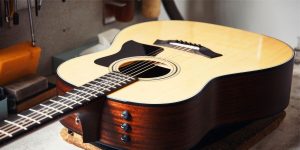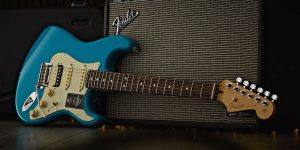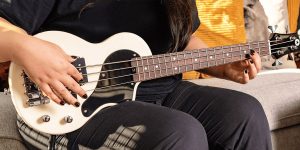Playing the guitar can be a fulfilling hobby or a professional career, but understanding the guitar string anatomy is essential for guitarists of all levels. In addition, it can help improve your playing technique, tone, and overall experience.
The main parts of a guitar string are the core, winding, and coating. The core of a guitar string is responsible for determining the string’s tension and flexibility. It also affects the string’s sustain and responsiveness. The winding is wrapped around the core, and it’s responsible for creating the string’s tone. Some strings come with a coating, which provides additional protection against corrosion and wear.
The combination of these elements determines the string’s feel, tone, and durability. Guitarists can experiment with different materials and winding patterns to find the strings that best suit their playing style.
String materials
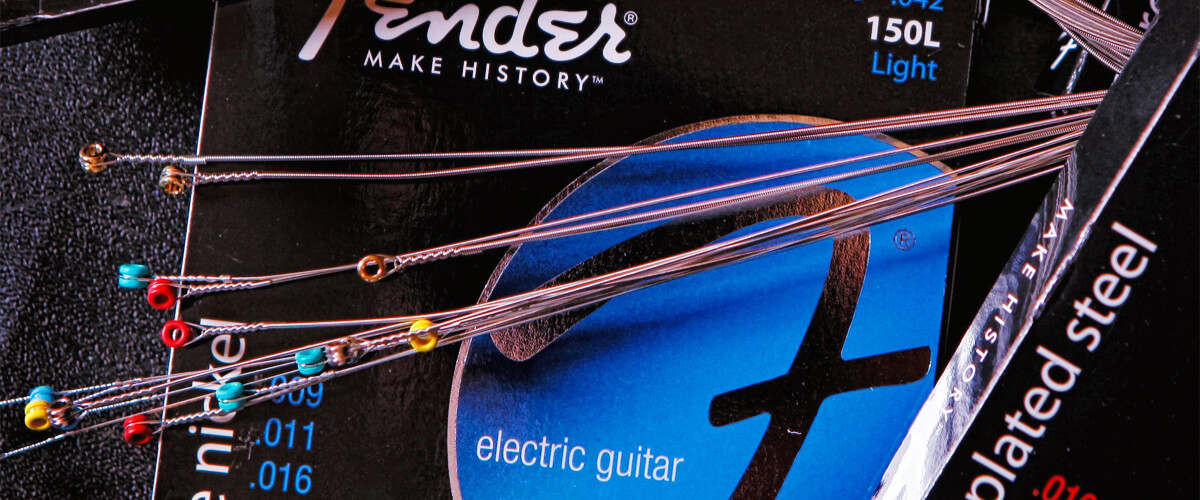
Guitar string materials include steel, nickel, bronze, and other alloys. Each material has unique tonal characteristics that can affect the guitar’s overall sound.
| Type of strings | Peculiarities |
|---|---|
| Steel strings | They are the most commonly used type of guitar strings and are known for their bright and cutting sound. They produce a clear and crisp tone and are often preferred by rock, country, and metal guitarists. |
| Nickel strings | Produce a warmer and mellower sound than steel strings. They have a slightly softer attack and sustain, and are commonly used for blues, jazz, and classic rock music. Nickel strings are easier to play, making them an ideal choice for beginner guitarists. |
| Bronze strings | A popular choice for acoustic guitar players. They produce a bright, articulate sound and are often used for folk, country, and pop music. Bronze strings can be divided into phosphor bronze and 80/20 bronze. Phosphor bronze strings have a fuller sound, while 80/20 bronze strings produce more projecting sound. |
Other materials used for guitar strings include alloys like titanium, cobalt, and chromium. However, they are rarely used for most musical instruments.
String core
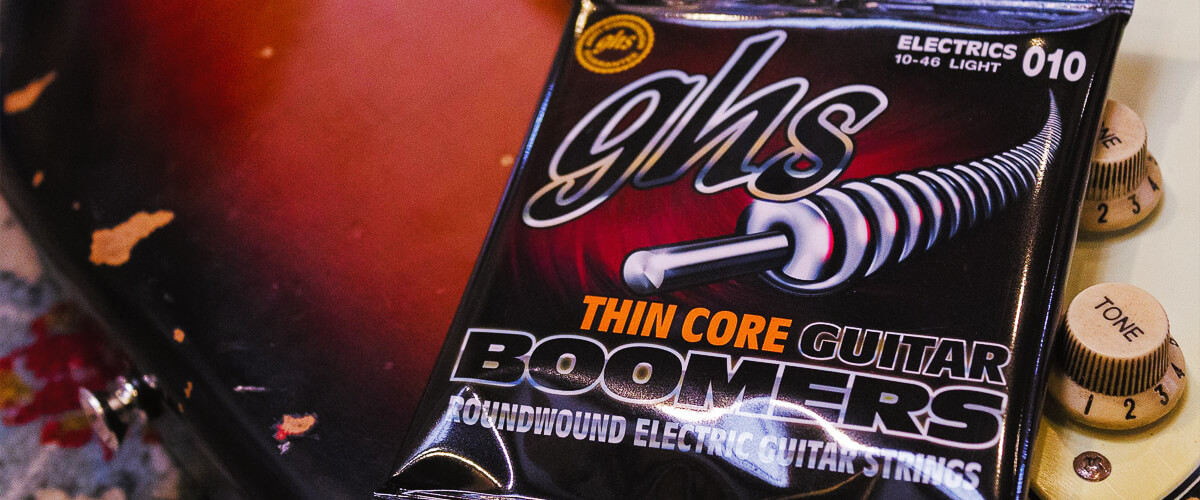
The string core is a crucial component of a guitar string, as it affects the playability of the string. The core can be made of steel or a synthetic material like nylon.
Strings with a thicker core will have more tension and can feel stiffer and more challenging to play, while strings with a thinner core are more flexible and easier to play.
In addition, the core can also influence the tone of the string. Thicker cores tend to produce a more focused and punchy sound, while thinner cores produce a more open and resonant sound.
There are several types of string cores, with round and hexagonal being the most common. Other less common types of cores are oval, twisted, and triangular.
| Type of string core | Peculiarities |
|---|---|
| Round core strings | The core of the cylindrical shape is known for its full-bodied tone. Has a lower tension than hexagonal core strings. |
| Hexagonal core strings | A six-sided core is known for its punchy tone. This shape allows for a more consistent and precise winding and focused sound. |
| Oval core strings | Have an elliptical shape and produce a full tone similar to round core strings. |
| Twisted core strings | The core is made of multiple strands twisted together. This design can produce a more focused sound compared to round core strings. They are often used in heavy metal music. |
| Triangular core strings | Give a more consistent winding. They have a higher tension than round core strings and are often used in heavy metal and hard rock music. |
String winding
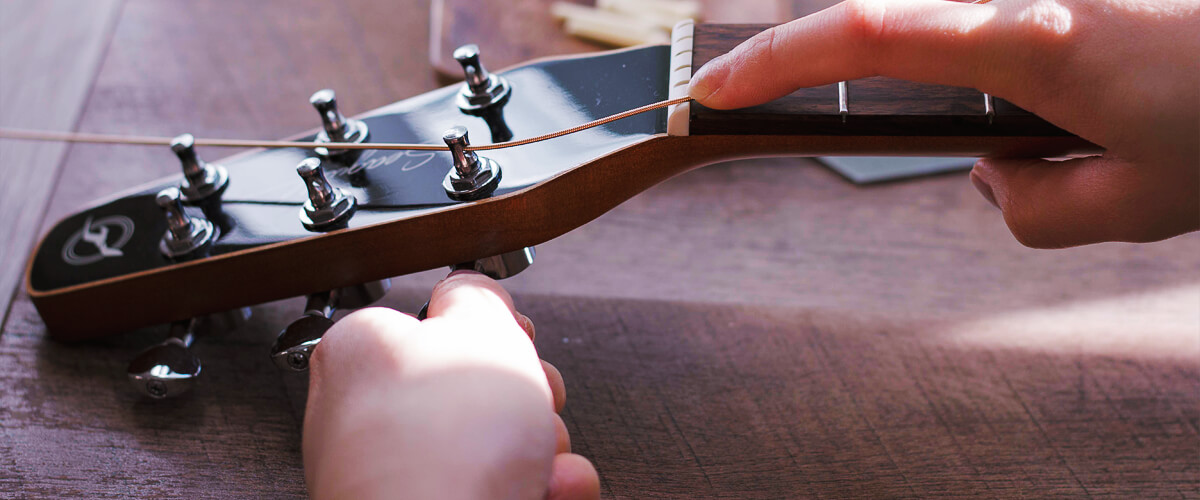
The winding refers to the thin wire that is wrapped around the core of the string, creating a textured surface that makes contact with the frets and produces the sound.
One important factor in the winding process is the choice of material. The most common materials used for string winding are nickel, stainless steel, and bronze. Nickel and stainless steel are typically used for electric guitar strings, while bronze is more commonly used for acoustic guitar strings. The choice of the material significantly impacts the string’s tone, with nickel being warmer, while stainless steel produces a brighter sound.
Another crucial factor is the winding pattern. The most common winding patterns are:
- Roundwound strings have a textured surface that provides excellent grip and produces a lively tone.
- Flatwound strings have a smoother surface, making them ideal for jazz and blues guitarists.
- Halfwound strings are a combination of both, with a smoother texture than roundwound strings but not as mellow as flatwound strings.
String gauge
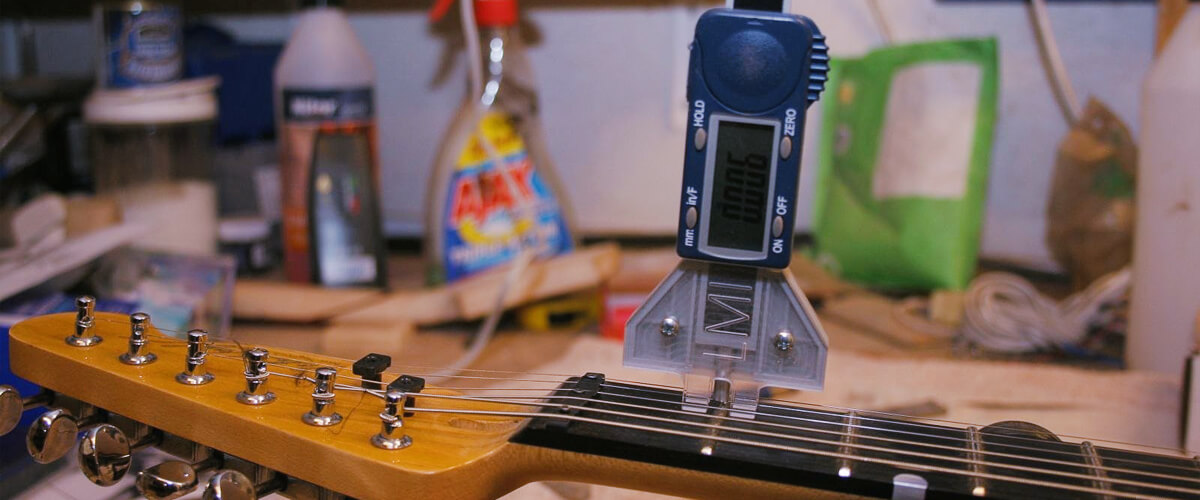
String gauge refers to the thickness of a guitar string. The gauge of the string has a significant impact on both the tone and playability of the string, with thicker strings producing a fuller, richer tone but being more challenging to play. In comparison, thinner strings are more comfortable to play but produce a thinner tone.
Guitar string gauges range from light to heavy, with custom gauges also available. So, let’s look at the main dimensions and parameters in the table below.
| Type of string gauge | Size for electric guitar | Size for acoustic guitar | Features |
|---|---|---|---|
| Light gauge strings | .008 to .011 inches | .010 to .012 inches | They are easier to play and provide a thin tone. |
| Medium gauge strings | .011 to .013 inches | .013 to .017 inches | This type provides a balanced tone. |
| Heavy gauge strings | .014 to .018 inches | .018 to .056 inches | They can be challenging to play for beginners. |
Custom gauges are not part of a standard set, and musicians can create a unique combination that suits their playing style and preferences.
Choosing the right string gauge is essential for getting the perfect sound and greater playing experience from your guitar. Here are some of my tips to help you select the right one:
- Consider your playing style: heavy gauge strings help to handle the high tension in metal or punk style. Folk and country style requires lighter gauge strings for a more delicate sound.
- Think about your guitar type: different types of guitars may require specific string gauges.
- Evaluate your finger strength: if you’re a beginner with weak fingers, you need lighter gauge strings for comfortable play.
- Experiment with different gauges: start with the recommended gauge for your guitar type and gradually experiment with gauges until you find the perfect match.
- Consult a professional: if you’re unsure which string gauge is the finest for you, consult a professional guitar technician or music store salesperson.
String coatings
String coatings are applied to the surface of guitar strings to enhance their durability and tonal qualities. The purpose of string coatings is to protect the strings from dirt, moisture, and sweat, which can cause corrosion.
There are several types of string coatings, like polymer, micro-thin, and nanotechnology coatings. Each coating type has unique benefits and can affect the tone and longevity of the string in different ways.
Coated strings are less susceptible to corrosion, meaning they can maintain their tonal qualities for a more extended period. This can save you time and money and not replace the strings too often.
In addition, these strings tend to produce a smoother and brighter sound than uncoated strings. This is because the coating reduces the amount of metal-to-metal contact, resulting in less finger noise and a more even tone.
The choice between coated and uncoated strings ultimately comes down to personal preference and the desired sound for a particular playing style or musical genre.

